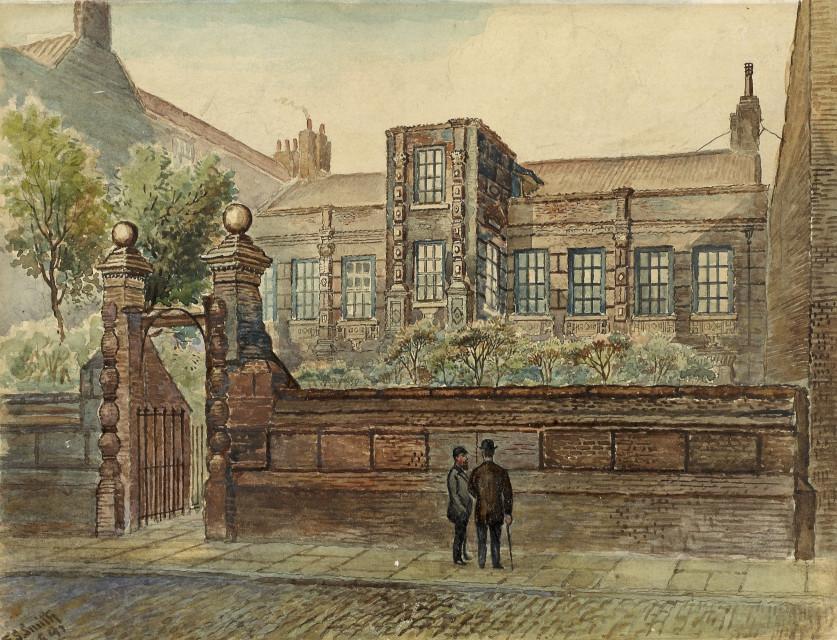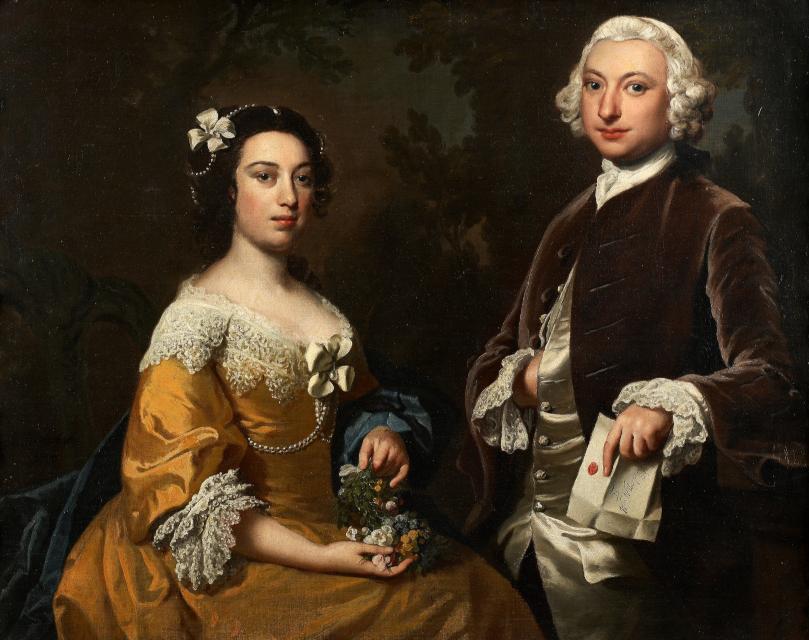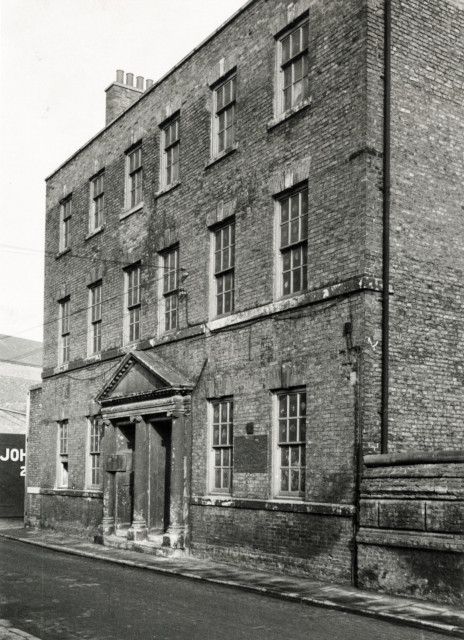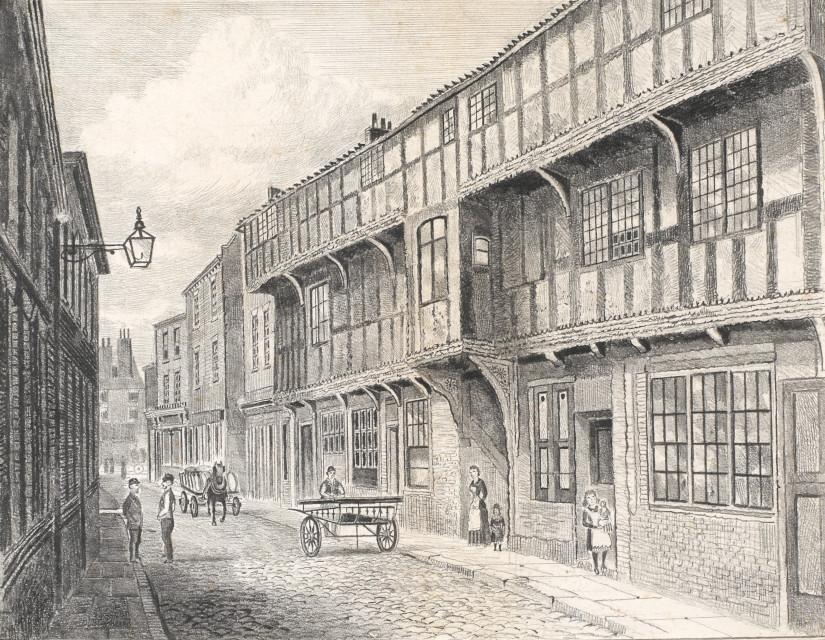The History of Wilberforce House
Built around 1660, Wilberforce House is one of the oldest buildings in Hull. It was designed by William Catlyn for Hugh Lister, in a style known as "Artisan Mannerism". This unusual style combines classical and local influences to create an original design.
The house later passed into the hands of local merchant, John Thornton. And eventually to the Wilberforce family, after Thornton's death... This is where our story begins!

Wilberforce House late 19th century
Welcoming the Wilberforce family
In 1732, William Wilberforce (grandfather of the abolitionist) bought the Lister house. Wilberforce was an apprentice to John Thornton and married his daughter, Sarah, in 1711. He bought the house from Thornton’s son, Godfrey, after his death.
In 1759, William Wilberforce the abolitionist was born in a room upstairs. To celebrate his birth, they added a decorative family crest to the main stairway ceiling.
The building you see today is different from the one built in 1660. This is thanks to two extensions made by the Wilberforce family – one in the 1730s and another in the 1760s.

William and Hannah, William Wilberforce's Aunt and Uncle
Working from home
Wilberforce House always had a dual function – part home, part merchant business. This made the best use of its location on the riverside, where they could trade and unload goods.
Wilberforce joined up with his nephew to form the Wilberforce, Smith & Co Bank. This business occupied some rooms of the house from 1784. The bank manager, Thomas Thompson, lived above the shop from 1798 and was in charge of the merchant house.
Thompson died in 1828, and in 1830, Wilberforce sold the house to pay for his son's debts. The house continued to be used for various company offices. The last resident of Wilberforce House was James Henwood.
From merchant home to museum
In 1891, Hull City Council brought in a rate to fund the restoration of historic buildings. And in 1896, Councillor Brown campaigned to preserve Wilberforce House as a museum. As a result, Hull City Council bought Wilberforce House in 1903. It later opened as a public museum on the 24th of August 1906. At that time, visitors could see displays on William Wilberforce, the slave trade and local history. Much like today!
In 1983, the museum updated its displays to improve the presentation of the collections.
In 2006, we secured funding to re-develop the galleries and improve access. We reopened in 2007, marking the 200th Anniversary of the Abolition of the Slave Trade in Britain.

Georgian Houses, High Street, 1950
Georgian Houses
The buildings next to Wilberforce House are Georgian Houses. They were built around 1757 by James Hamilton, ship-owner and tar merchant. Most Hull merchants had trading links with the Baltic countries. However, the Hamilton family was unusual in that they traded with North America. James Hamilton imported tar produced on the slave plantations. It's strange to think that Hamilton used wealth accrued through products of slavery to build his house. A house right next to the home of a man who would become Hull's famous slavery abolitionist.
Georgian Houses were typical Hull merchant houses of the eighteenth century. Over the years, the houses were family homes and merchant offices with warehouses at the back. In 1949, Hull City Council took over Georgian Houses. They had been damaged in World War II and needed restoration.
In 1957, Alderman H. Fairbotham opened the houses as a museum. The rooms displayed costume, firearms, coins and archery trophies. They've been part of Wilberforce House Museum ever since.

High Street, Hull, c1880
High Street – Hull's original City Centre
Wilberforce House and Georgian Houses are on High Street, the oldest street in the City. In the days when Hull was a thriving port, High Street was a mixture of merchant homes, warehouses and pubs. It would have been a lively, noisy place with merchants, sailors and prostitutes.
The River Hull sits parallel to High Street. This was where merchants unloaded their cargo and moved it to nearby warehouses. They'd do this using staithes or small narrow paths dotted along the High Street. The merchant community guarded these paths to preserve routes to ships and trade.
Ye Olde Black Boy, one of the oldest pubs on High Street today, was formerly a pipe shop and brothel. Men who drank in there were vulnerable to the Impress Service, or "press gangs". These groups roamed the south end of High Street looking to force men into the Royal Navy.

